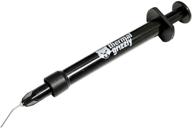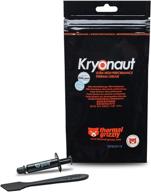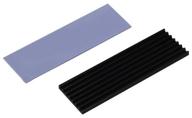
Review on 🔌 Industrial Electrical TEC1 12706 Thermoelectric Refrigeration Semiconductor: 40X40X3 7mm by Russell Robertson

Definitely works, there are words on the cooling side
5 cooling units came in a bag with thermal grease and a small spatula to evenly distribute the lubricant. I tried to make the fat as thin as possible while still covering both surfaces. For the hot side, which has no printed words, I used a heatsink from an old PC microprocessor with a fan. On the cold side I used an old radiator. With this setup I was able to run the cooling unit without damaging it. I didn't know what the voltage profile would look like, so this experiment was instructive. I tried several power levels, the one shown actually got the cool side sensor reading down to 2 degrees C. I increased the power level to 30W and after a while I noticed that there was frost on the surface of the black heatsink. The sides of the device are made of white ceramic, the corners can be easily knocked off. This device does what it promises.
- computer components
- no instructions
New products
Comments (0)
Top products in 🌡️ Thermal Management Products
Another interesting products
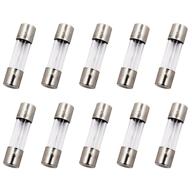
125V Industrial Electrical Fast Blow Glass Fuses - SIXQJZML Enhanced SEO

9 Review
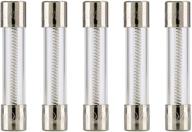
🔌 Bussmann MDL 2 Glass Delay Slow Blow

8 Review

🔌 Bussmann GMA 5A Acting Cartridge Listed: Reliable and Efficient Cartridge Fuse for Your Automotive Needs

7 Review
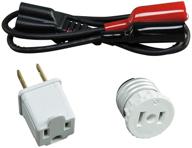
🔌 Enhance Your Electrical Work with Klein Tools 69411 Accessory Adapters

7 Review


